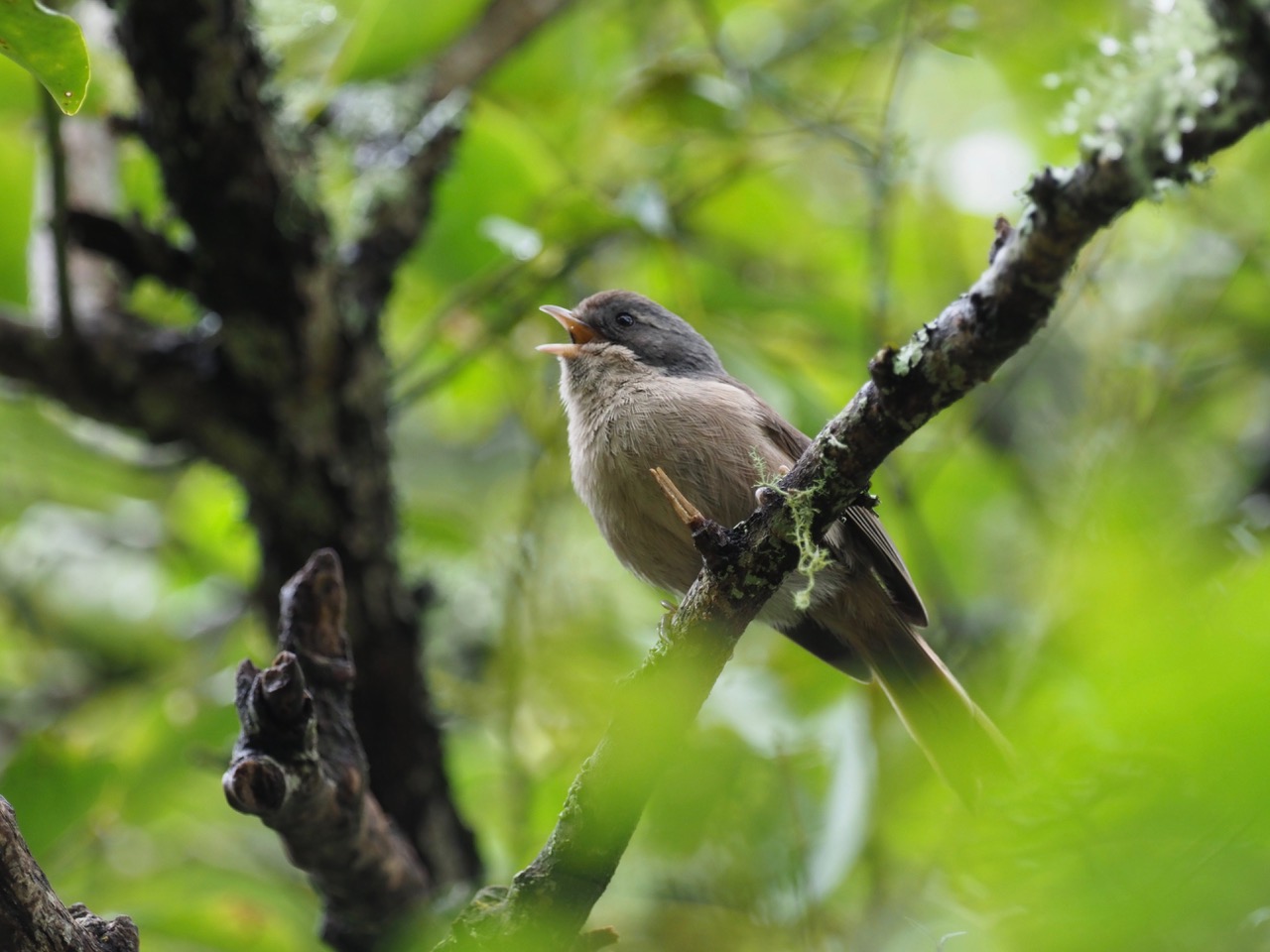A Terrestrial Biodiversity Hotspot
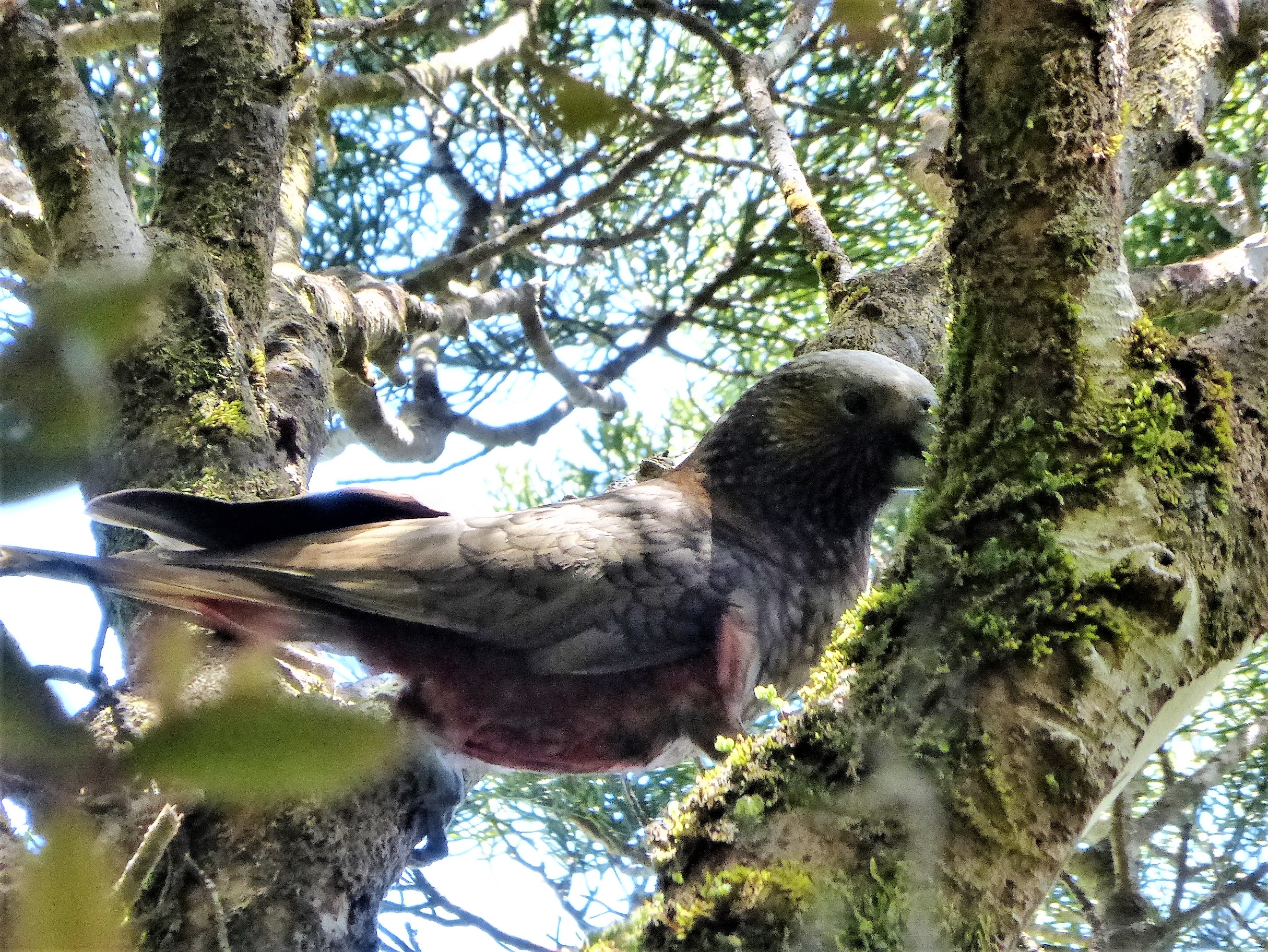
Target threatened species: Endemic forest birds; South Island kaka, yellowhead / mohua
ABT’s forest bird monitoring programme for indigenous avifauna includes kaka, yellow-crowned kakariki, riffleman / tītipounamu , tomtit / miromiro, fantail / piwakawaka and other more frequently encountered species to help inform and guide existing and future invasive mammalian predator control efforts in collaboration with Forest and Bird. Methods include surveyor point counts, mist netting and the use of acoustic recorders. Engagement with the local school is integral to this process and began following a presentation delivery and short exercise on Makarora’s important biodiversity.

The local branch of Forest and Bird (Central Otago) historically established an initial predator control trapping programme for Mohua protection within the north of Makarora Valley. The success of the trapping programme is measured to some extent by annual mohua population surveys sponsored by the Department of Conservation. This excludes the Shrimpton/Charteris beech/ podocarp forest compartment and the Wilkin/Siberia/Tiel valleys which is the current focus of ABT’s forest bird monitoring programme. ABT have since identified that the Makarora mohua distribution extends to the upper Makarora, Cameron and into the Tiel and the Wilkin, beyond the main populations located in the Blue and the Young valleys.
ABT have installed an invasive mammal trapping programme (working in collaboration with local landowner) for rats, mustelids, hedgehog and possum within the Charteris forest compartment, complementing and connecting other invasive predator control efforts in the valley.
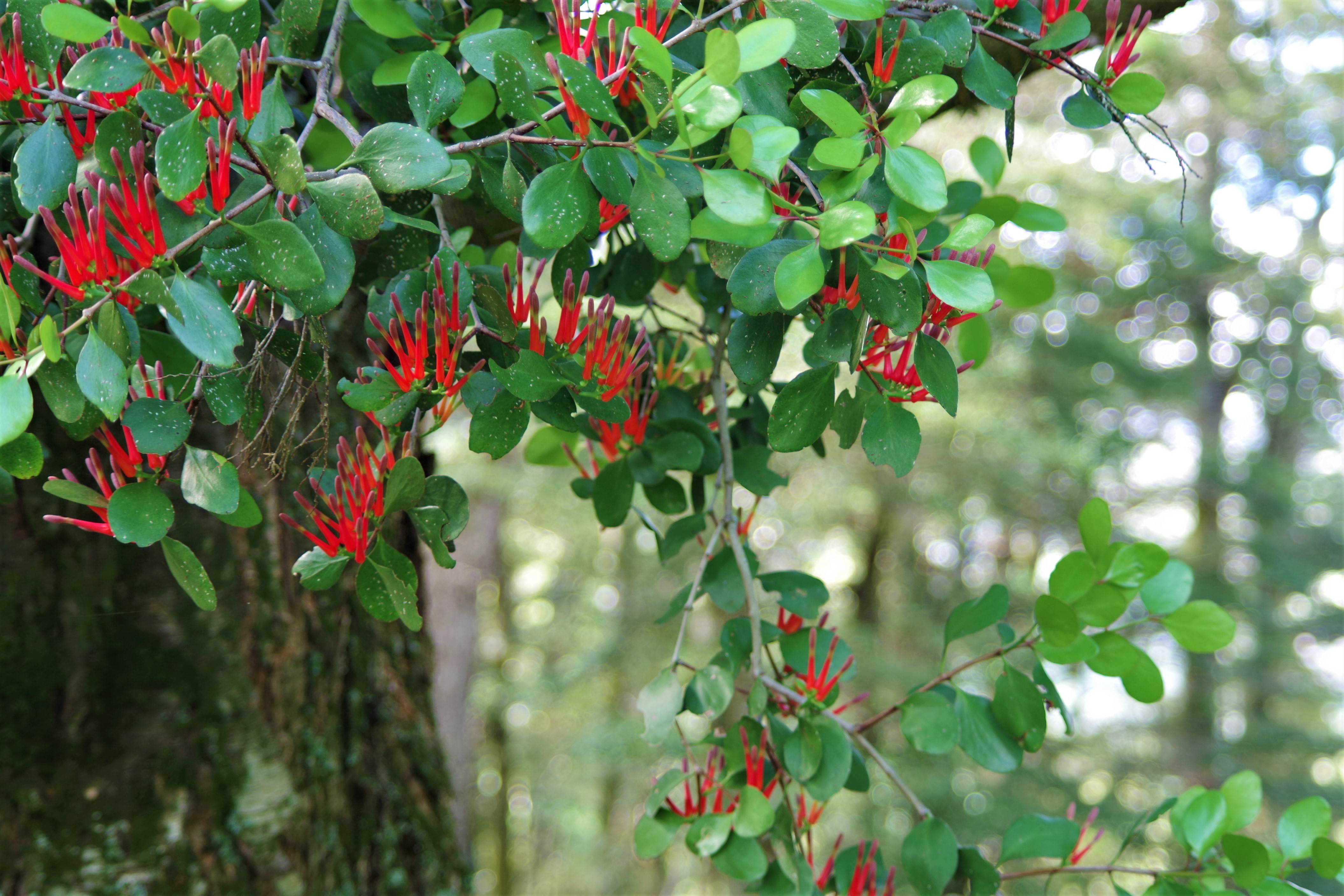
The stunning scarlet mistletoe (above) can be seen in its full glory during December. A species particuarly enjoyed by foraging forest birds such as kaka, and the yellow-crowed karkiriki (below).
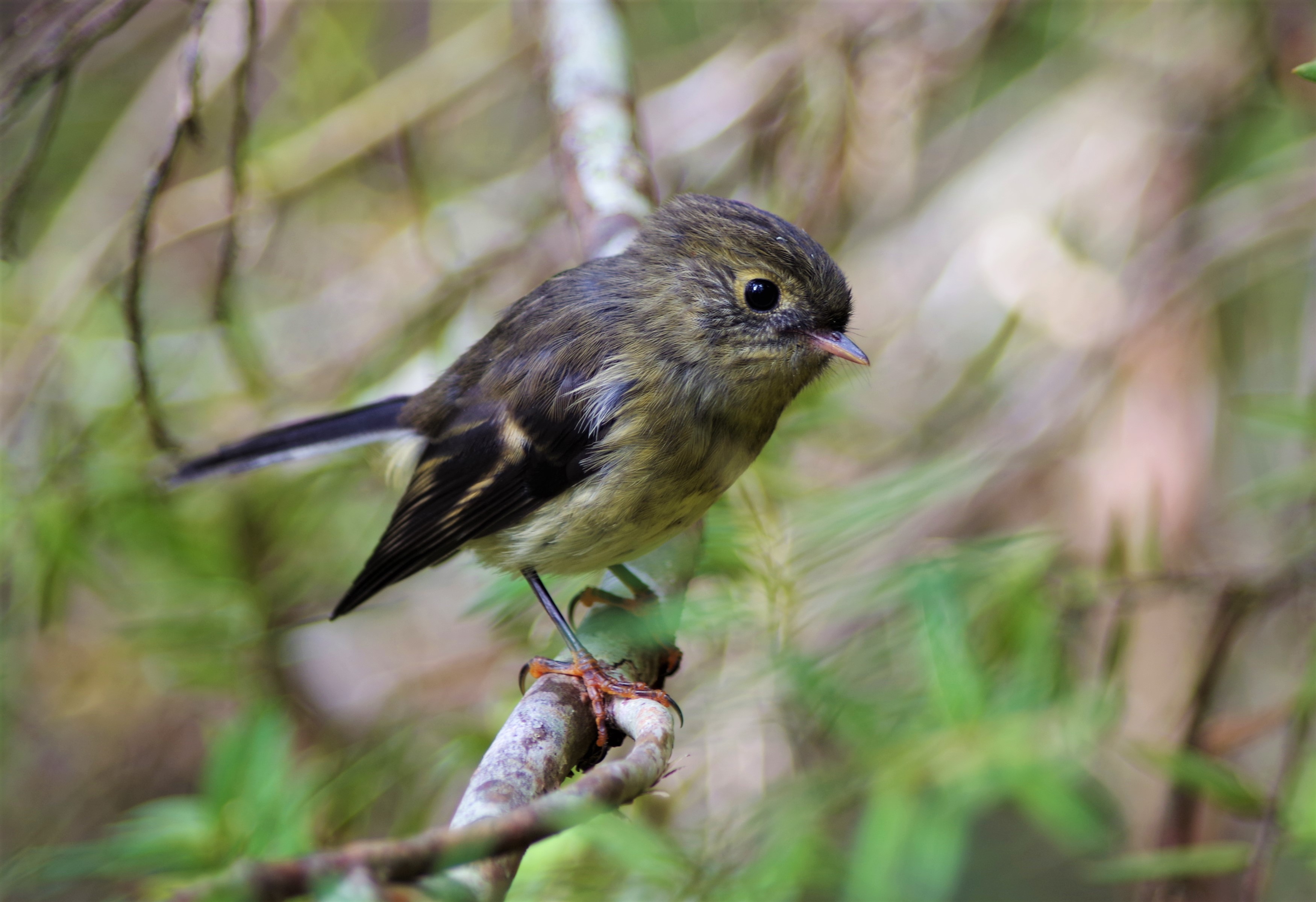
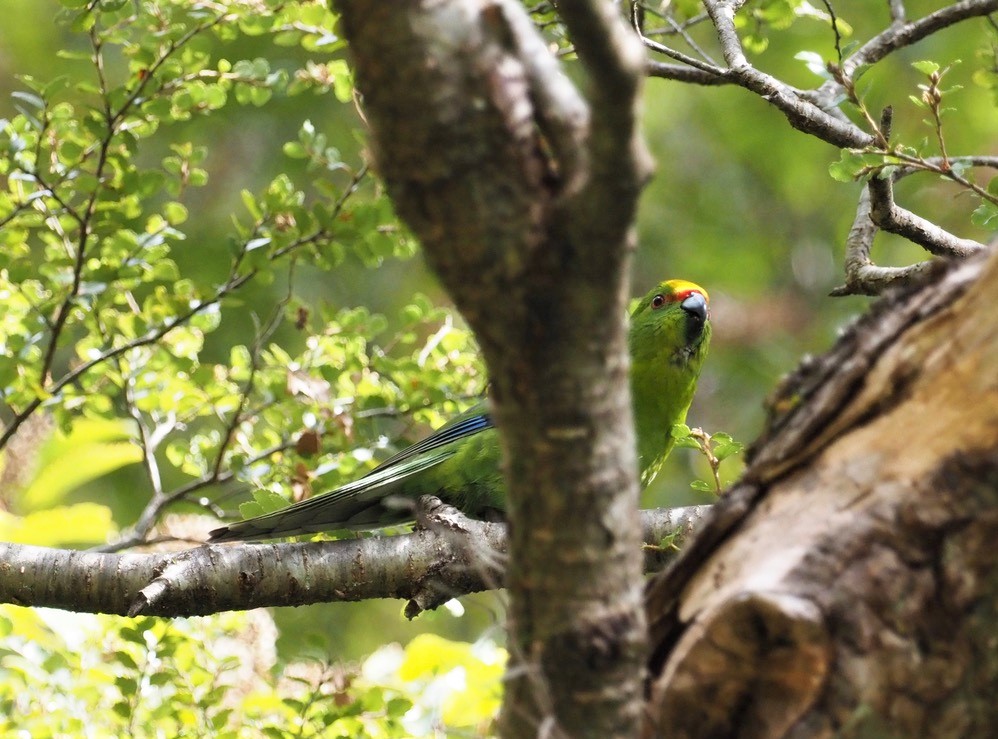

The forest site has become an interest in terms of science and research promoting educational learning opportunites in biodiversity and wellbeing i.e. ABT’s Makarora Field Course and Bird banding workshops.
